“Take Nothing but Pictures, Leave Nothing but Footprints, Waste Nothing but Time.”
Unknown
On arrival to the Masai Mara, according to the itinerary, our immediate plan was to head directly to our accommodation. “It could take 15 minutes or two hours to get to camp” says our Masai Mara Guide, “depending on what we see!”
And just like that; our family unit was on an African Safari!

Arriving at the Masai Mara
The landscape which is the Masai Mara welcomes you with an undeniable warmth from the moment you set foot on the land. Those who arrive by plane will sense it at the sight of the first native herd seen from this spectacular birds eye perspective. The vastness of these African Plains stretch as far as the eye can see and witnessing this unique landscape from the air truly is breathtaking.
 The thrill of landing on a dirt runway fills you with adrenalin and the sight of the unobtrusive airstrip, surrounded by scattered herds of animals grazing in the distance, sets the untamed and wild tone of the Masai Mara. The planes which are permitted to land on this conservation area are Cessna Caravans up to Dash- 8’s (in other words small). This is not perhaps the best option for those with a fear of flying although, you are without a doubt in safe hands with Safarilink – 6 times Eco Warrior Award Winners.
The thrill of landing on a dirt runway fills you with adrenalin and the sight of the unobtrusive airstrip, surrounded by scattered herds of animals grazing in the distance, sets the untamed and wild tone of the Masai Mara. The planes which are permitted to land on this conservation area are Cessna Caravans up to Dash- 8’s (in other words small). This is not perhaps the best option for those with a fear of flying although, you are without a doubt in safe hands with Safarilink – 6 times Eco Warrior Award Winners.
Yes, it is possible to drive to the Masai Mara however, when time is of the essence, travelling by air is definitely the most efficient option.

We were greeted with a beaming smile from our Masai Mara Guide who met us at the aircraft steps. From that moment on, everyone couldn’t help but revel in the exciting bustle which filled the air. Initially, it seemed like we had just embarked off a bus trip rather than a flight, as everyone pitched in to help retrieve bags from the luggage compartment.
 Sorting the suitcases took no time at all and before we knew it, we were happily bumping along in our 4WD – cameras poised!
Sorting the suitcases took no time at all and before we knew it, we were happily bumping along in our 4WD – cameras poised!
As well as the minimal infrastructure there are no fences separating the ‘airport’ from the surrounding countryside so, when it comes to keeping the runway clear, it appeared the operators rely on the natural instinct of the local game to keep their distance. In saying that we did observe the effective ‘drive by’ method of ‘crowd control’ shown by Tour Operators if any of the animals were found wandering onto the landing strip.

Herds of zebra sized us up as we passed by their grazing area and we had our first glimpse of ‘Pumba’, tail in the air strutting it seemed, in an urgent hurry to get somewhere. The children were squealing with excitement as they bounced from one window to the other straining to see a weeks worth of animals in these first few moments and a permanent smile settled onto all of our faces.


Accommodation at the Masai Mara
It is safe to assume you will arrive at Rekero Camp already filled with the buzz of adrenalin created from driving past wild herds of native African animals grazing the open plains. It is the thrill of being in their company which makes it quite impossible to predict the time it takes to travel from the airstrip to camp.
 It has been estimated you can do the trip in around 15 minutes – but you wouldn’t want to. Time becomes a completely flexible variable while you are a guest in the Masai Mara (A.K.A. The Mara to the locals) and the unpredictable nature which comes with observing the animals and being submersed in your surrounds is a definite highlight of the stay.
It has been estimated you can do the trip in around 15 minutes – but you wouldn’t want to. Time becomes a completely flexible variable while you are a guest in the Masai Mara (A.K.A. The Mara to the locals) and the unpredictable nature which comes with observing the animals and being submersed in your surrounds is a definite highlight of the stay.
Must Read – Rekero Camp Kenya: Escape On A Once In A Lifetime Eco Safari
A Typical Day on a Masai Mara African Safari

The day begins early for those heading out on safari and the initial feeling of wake-up-dread hits you for only a split second when you first hear your alarm bell ring. Darkness still filled the morning air for us and was softened only by the sound of footprints which signaled the delivery of our perfectly timed coffee/hot chocolate to our tent and, the cheerful morning song sung by the birds in the trees.
Conversations quite often began excitedly, as we all slowly rose from our sleep, with a recount of the animal noises we had heard during the night. It was a race to leave the tent as the first highlight of the day was always to spot any tracks left outside by the animals who passed by through the night.

There is a calm stillness which settles over the area as the morning sunrise beautifully lights up the landscape. Simple rewards gained from rising early are moments watching the changing colours of the grasses as the rays highlight their movement in the breeze, followed by adrenaline when the lionesses are spotted returning to their cubs after a night of endless hunting.

Giraffes can be seen rising above the trees and scrub and, if you are lucky, you will catch a glimpse of the sleek cheetah elegantly sauntering along the flats. Each new day on safari brings a fresh surge of excitement, an anticipation of which animals we will be lucky enough to observe going about their daily routine.

Detailed Itinerary While Visiting The Masai Mara
On our first day we were given a ‘suggested’ daily itinerary. As we were allocated the same guide every day, it was reinforced to us that plans were completely flexible and we could alter our routine at any time. Our daily schedule was pretty casual and we settled into a pattern which went something like this :

- 6am wake up and hot beverage delivery
- 6:30am in the 4wd ready to go
- Approximately three to four hours of exploring the Masai Mara with our Guide
- Breakfast picnic out on the plains
- Slowly making our way back to camp over the next couple of hours
- Lunch on the deck at the Camp Hub
- Free time till 4:00pm (perfect time for an afternoon nap)
- Afternoon tea back on the deck from 4 – 4:30pm
- Return to the 4WD for Safari at 4:30pm
- Sundowner enjoyed out on the plains sitting on the prime viewing position of the roof of the 4WD
- Back to camp with time to freshen up and enjoy dinner around 7:00pm

We were comfortable in our 4WD for the four days we were guests at The Mara and appreciated the practical conveniences provided such as our own reusable Rekero Camp water bottle (a gift when we first arrived), sunscreen, insect repellant and the use of a Masai blanket to wrap around us at the cooler times of the day. Bringing your own set of binoculars (one for each person is preferable) and a good camera with a decent lens, is something I would definitely recommend.
The Unique Masai Mara Ecosystem
Dan was our most patient and approachable guide and it took no time at all for us to settle into a comfortable feeling of familiarity, grateful for his slow approach of sharing with us the magic of his and his ancestors diverse land.


Building a rapport with your guide has to be one of the key ingredients which contributes to the success of your time on such a personalised African Safari Adventure. Dan went above and beyond to accommodate requests from our family group which consisted of my Husband and I, two Children aged five and nine, as well as my Husbands adventurous Mother.
This was a great age for our Children to be on safari as they were able to follow instructions, remain quiet when in the presence of the animals and we could rely on them to stay inside the vehicle unless told otherwise.

Although animal spotting in general was by far a priority of our group, we appreciated the fact that these animals are wild and free. They do not, for a minute, consider us or our timeframes in their daily schedule, so sightings were as unpredictable as nature itself. Luckily we were also collectively interested in learning all we could about the intricacies which attribute to the flow of this raw and intriguing ecosystem.

We filled in any spaces with educational ‘children friendly’ activities such as sightings of the dung beetle as well as stopping to check out any animal skulls we passed along the way. It became a personal goal of Our Little Man to convince Dan to include regular stops to look at bones and he was most put out to learn that under no circumstances was anything to be removed from The Mara. As a compromise, he had to be content with starting a display corner, back at the camp, where all the visitors could enjoy some of his collected treasures.
Boys will be boys!

I am happy to report that I have been in touch with Dan since returning home and had to laugh when I read:
“You can’t imagine {your Little Man’s} influence, am stopping for skulls now…”
We also learnt to identify the names of the grasses and discussed their growing patterns – to understand the routines of the animals you must first learn their feeding habits. The children had sketch books and an animal sighting ‘checklist’ they regularly updated so, animals or not, there was plenty to keep us engaged for the eight hours per day we had out exploring The Mara.

Our visit was timed perfectly to experience the very start of the Great Migration and the expected crowds which converse on the land had yet to arrive. Dan was quite insistent that if there was already a group in the area we would return later, showing nothing but respect for the animals and their natural habitat. He allowed only one exception to this rule when we came across the elusive leopard. This sighting was perhaps our only chance so we joined the crowd which had formed in the area.

It was this moment when we fully understood the intrusion towards this elegant cat and, after taking a couple of photos, followed Dan’s advice and hurriedly retreated.
There is patience required when driving around and rules of conduct for both visitors and guides to follow. Vehicles must keep to the designated tracks and there is to be a distance of at least 100m between the 4WD’s and the animals.

Picnics and Sundowners on the Masai Mara
Perhaps our most favourite part of the day was enjoying picnics out on the open plains. Breakfast beside the river in the company of the hippos or under a tree observing the antics of the wildebeest and sundowners, with ‘nibbles’ on the roof of the 4WD, in the middle of a herd of buffalo.

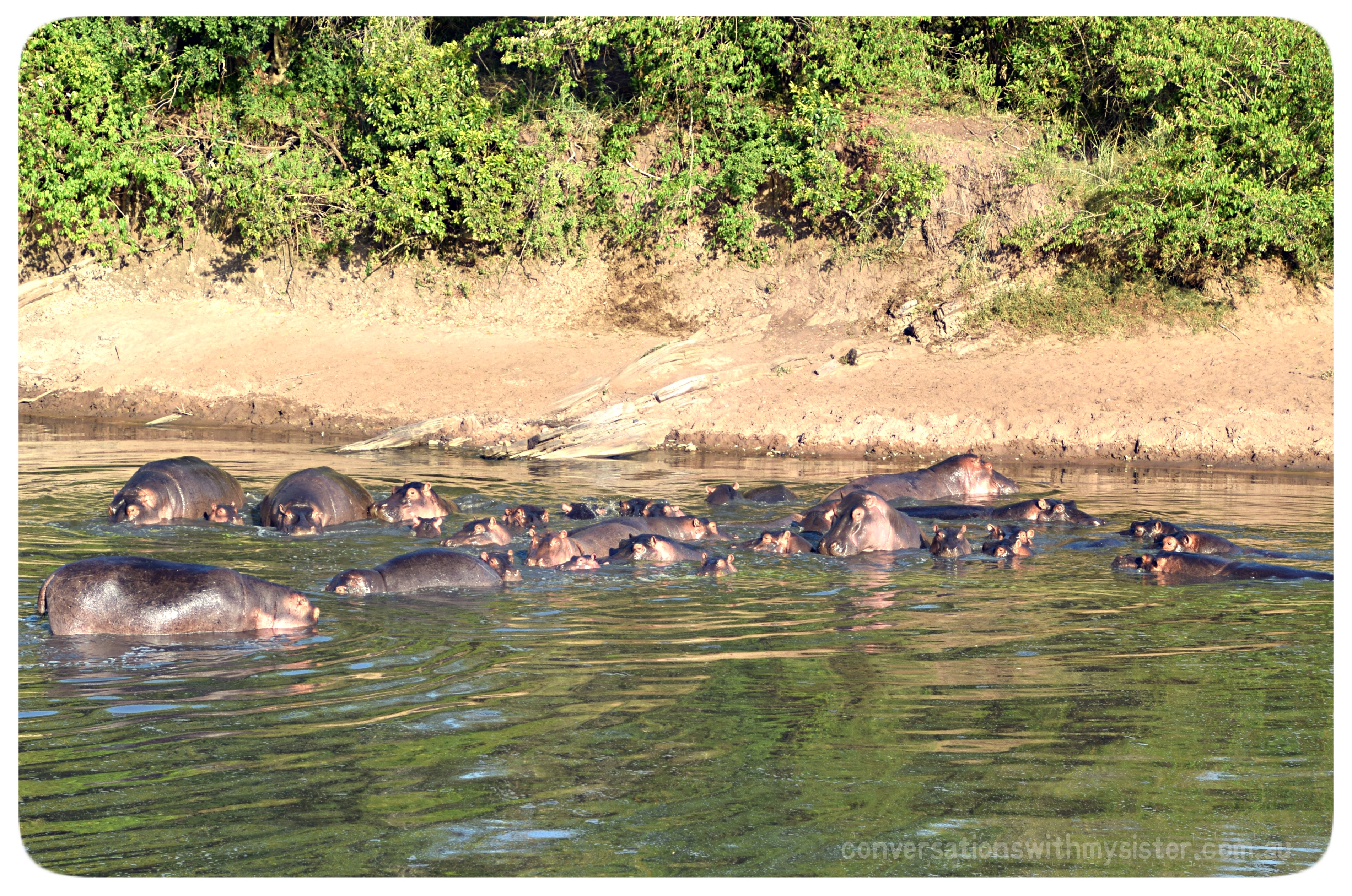

Although the evening meal was officially served back at Rekero Camp, the Chefs happily organised for us to take the childrens’ meals with us so they could enjoy an earlier dinner. Unnecessary waste was minimised by packing all food in reusable containers or brown paper bags and special requirements of gluten free choices were no trouble.

These pauses were an ideal opportunity to be still and enjoy the atmosphere. A chance to listen to the hum of the surrounding natural environment and practise being in the moment. It was also nice to be reminded to stop trying for the perfect picture, put the camera away and Just Be. There is a rule amongst the guides, a code if you must, to respect the privacy of each ‘party’ of people and we appreciated that at these times, rarely could we see other travellers. The feeling of isolation was exhilarating.


Timing Your Visit to the Masai Mara
There were a lot of variables which came together and made this an incredible African Safari Adventure. These were primarily due to the timing of our visit.

- We arrived in the June, just before the official start of Peak Season which was ideal for us as we missed the crowds. Peak Season at The Mara is considered to be during the Great Migration – July/August through to December – then the animals make their way to the Serengeti for the birthing in February. The Migration is when the animals set out on their 1,000km-long round-trip through the unfenced Masai Mara and Serengeti then south to the Ngorongoro Conservation Area. This is the largest herd movement of animals on the planet so you are guaranteed to see animals at this time of year. Just over a million wildebeest plus hundreds of thousands of gazelles and zebra, followed by their predators, are covering the land in search of food and water – this natural wonder can even be seen from space!

- During the Low Season you can still expect to see birds, elephants, (which don’t move with the migration as they can’t stand the noise of the wildebeest), lions, leopards, cheetah and giraffe.
- Migration through The Mara can last up until February depending on the rain. For us the weather was a nice mixture of both cooler evenings and mornings with warm sunshine during the day. Although we saw some incredible storm clouds pass over we didn’t experience any rain.

- The rainy season is expected between April and May.
- Dan had an ‘ideal’ list of animals for us to see and we ticked off everyone. In fact we had seen them all during the first three days, thanks to a healthy dose of local knowledge, so for our last day we chose to set out to see our favourites one last time before heading back to just chill out around the camp and, for some of us, continue with Warrior School – #asyoudo!


We rarely came across other vehicles during our day out on safari and even had one or two nights where we shared the camp with only one other group. We struck the jackpot being assigned Dan who was so incredibly patient with our two children. His respect of the animals and the biodiversity of the land was something we highly valued and we were thrilled to be educated on the natural wonder which is the Masai Mara by someone whose eco and ethical consciousness is embedded within him and the history of his people.

This Family Safari Adventure in the Masai Mara has given us the opportunity to ‘show’ rather than ‘tell’ our children so many relevant aspects of the circle of life. Sure we can talk to them about the importance of respecting our natural world however, there is no substitute for being submersed in the environment and seeing the magic unfold in real-time. There were tears from both of them as we drove towards the airstrip on our last day, which says more than words can sometimes translate. The Mara will always have a special place in our hearts and this epic, life-changing experience is something which will stay with us all for many, many years to come.
Further Reading:
Read about our Family’s stay at Rekero, the Asilia’s Gold Eco-rated Safari Camp here.
Find out more about Ecotourism Kenya, their mission and policies here.
For more information on The Great Migration, the best travel times or, to make an enquiry please head to Asilia Africa/Rekero Camp.
You can read more on Asilia Africa’s commitment to protecting these fragile ecological areas and empowering local communities here.
Pin For Later
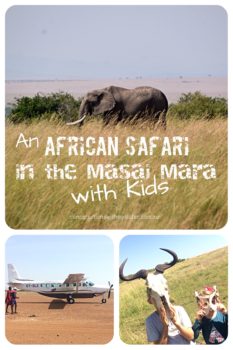

X Shea
Join the conversation:
Comments Below || Instagram #Our2017AfricanAdventure || Facebook || Pinterest
Disclaimer: CWMS has in no way or means been sponsored by Rekero Camp or Asilia Africa to write this post and the thoughts and opinions expressed are purely our own. CWMS is excited to share this discovery and to start conversations which aligns with our Keeping it R.E.A.L ethos.


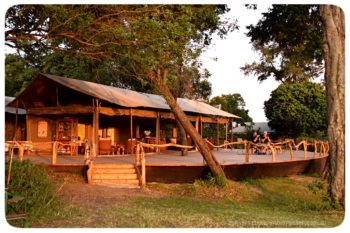




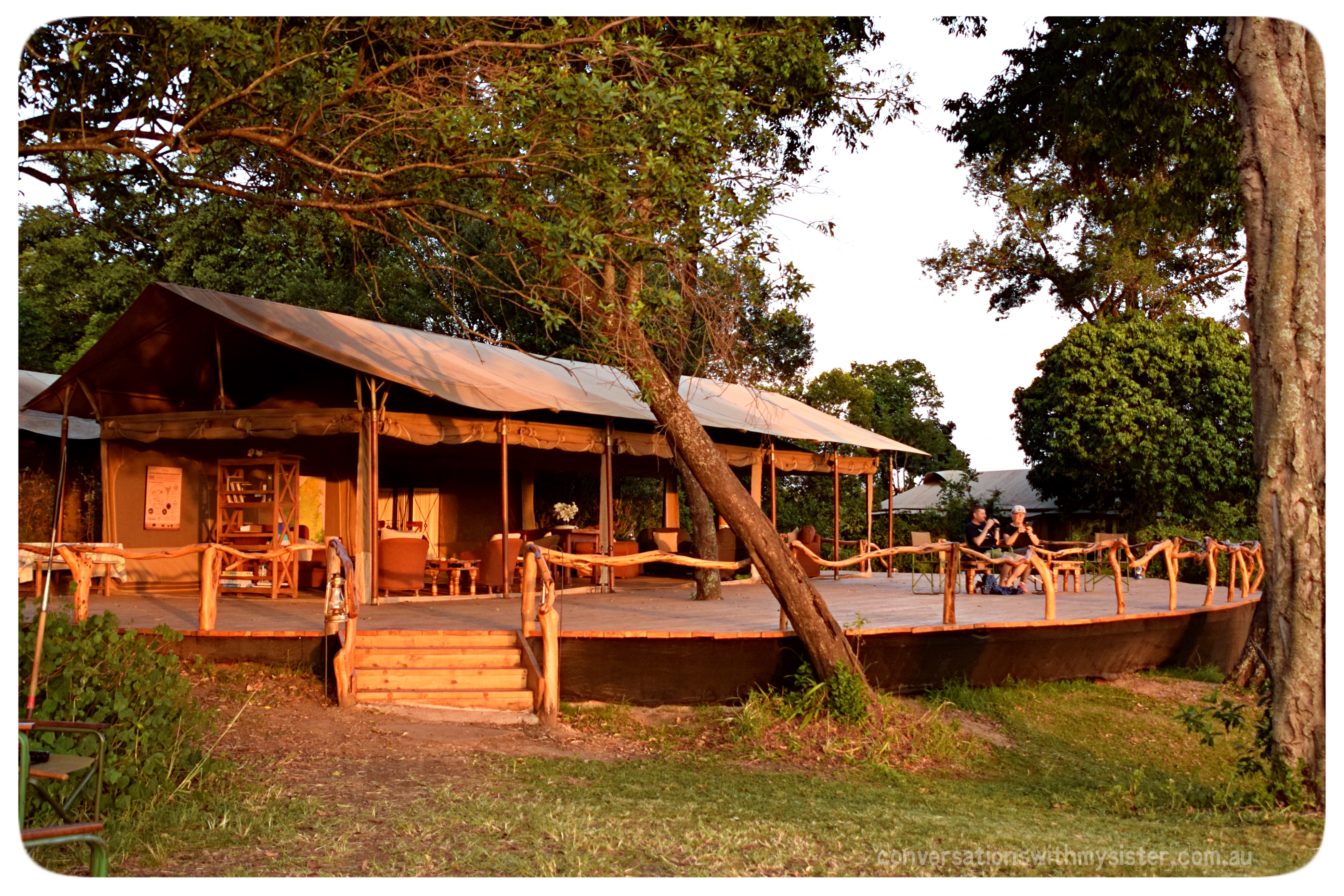
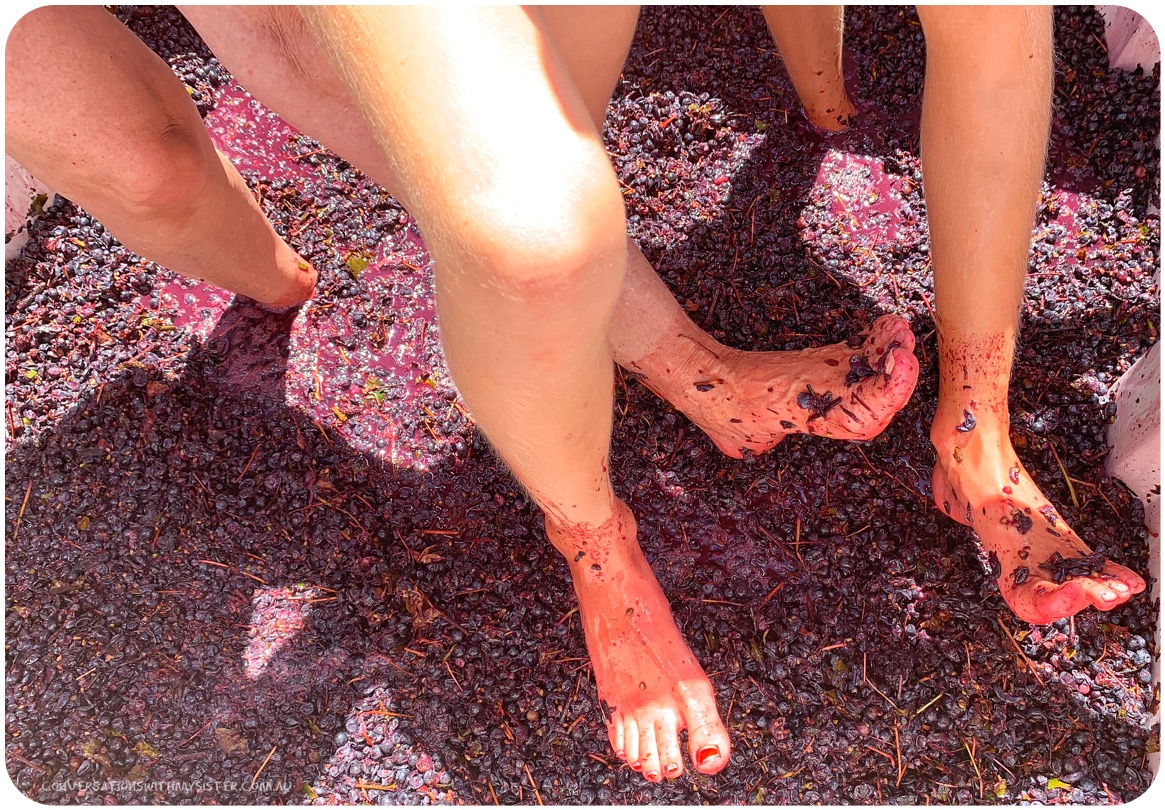


















13 Responses to An African Safari in the Greater Masai Mara – With Kids